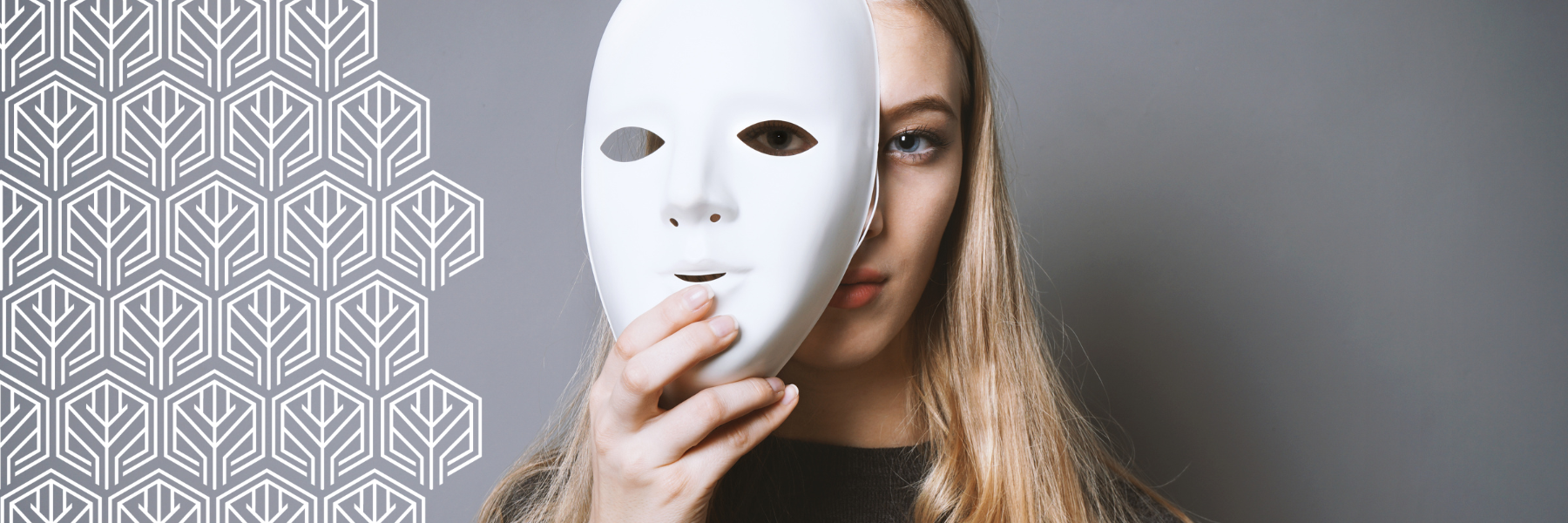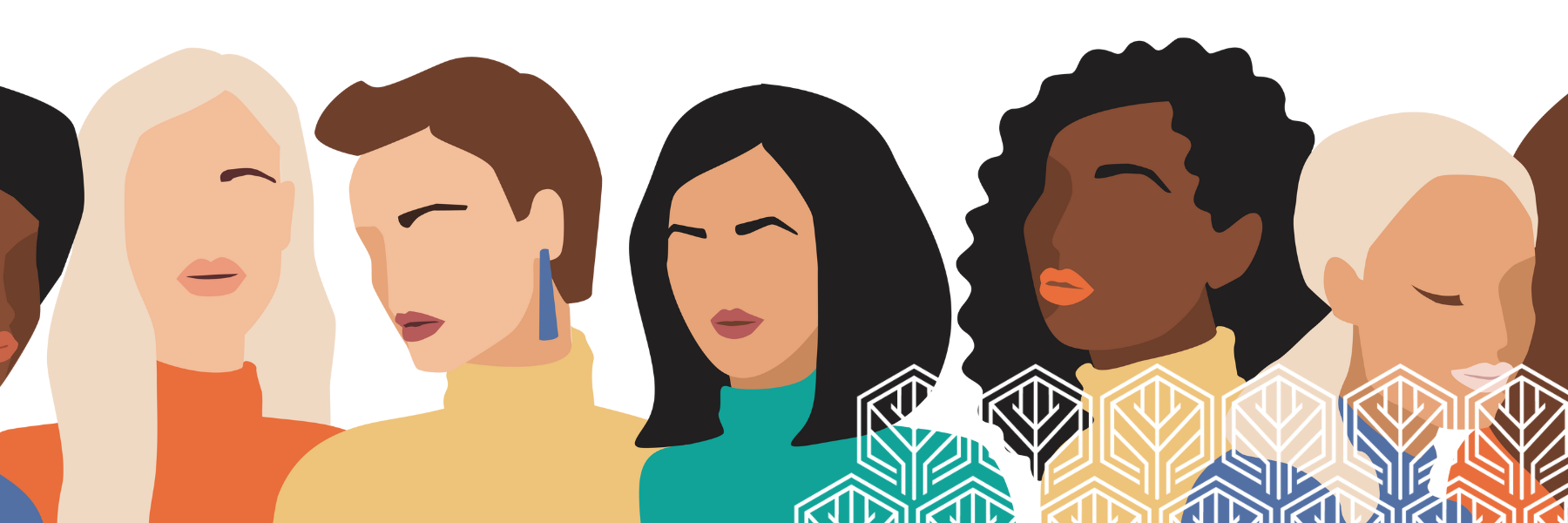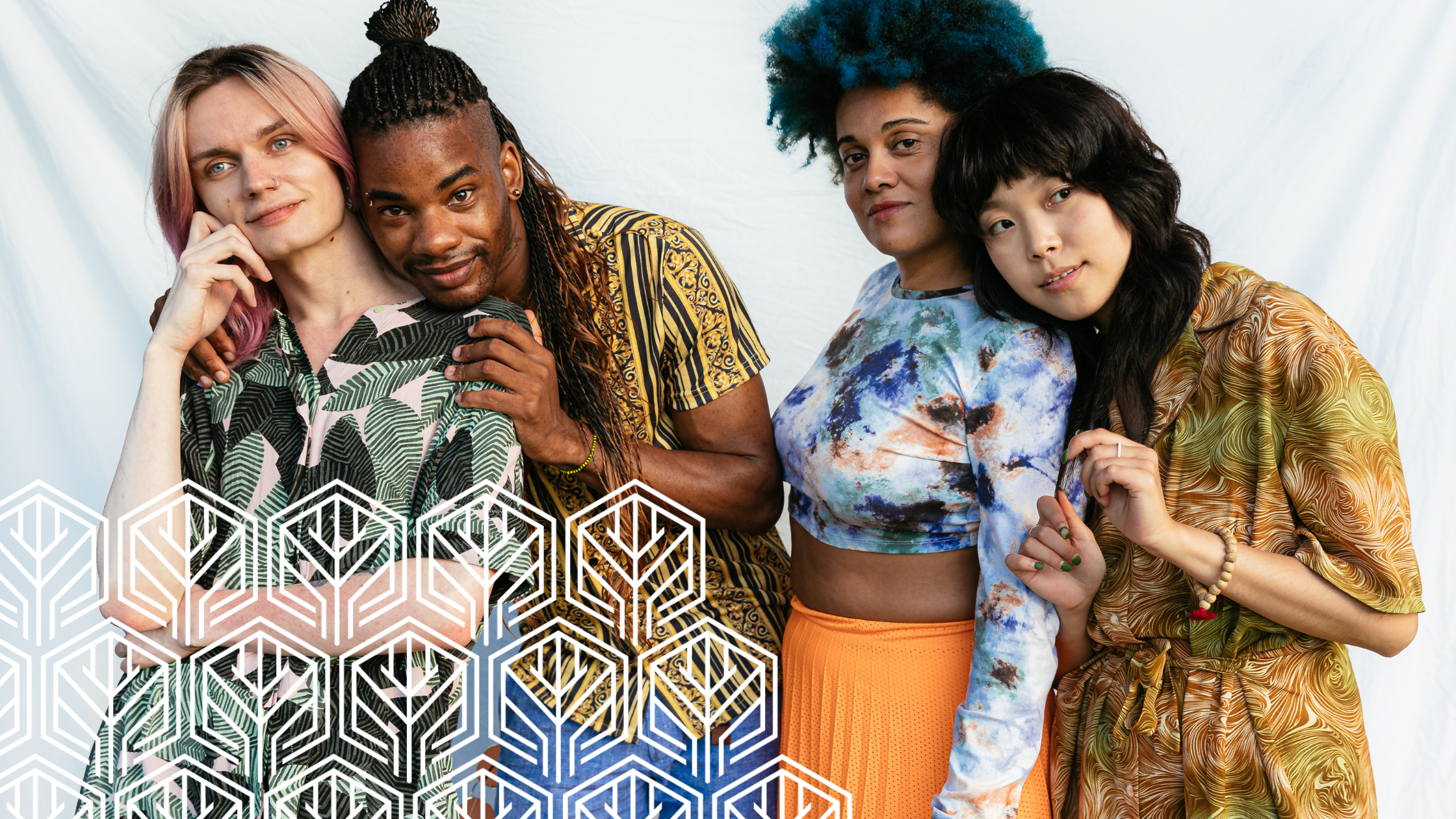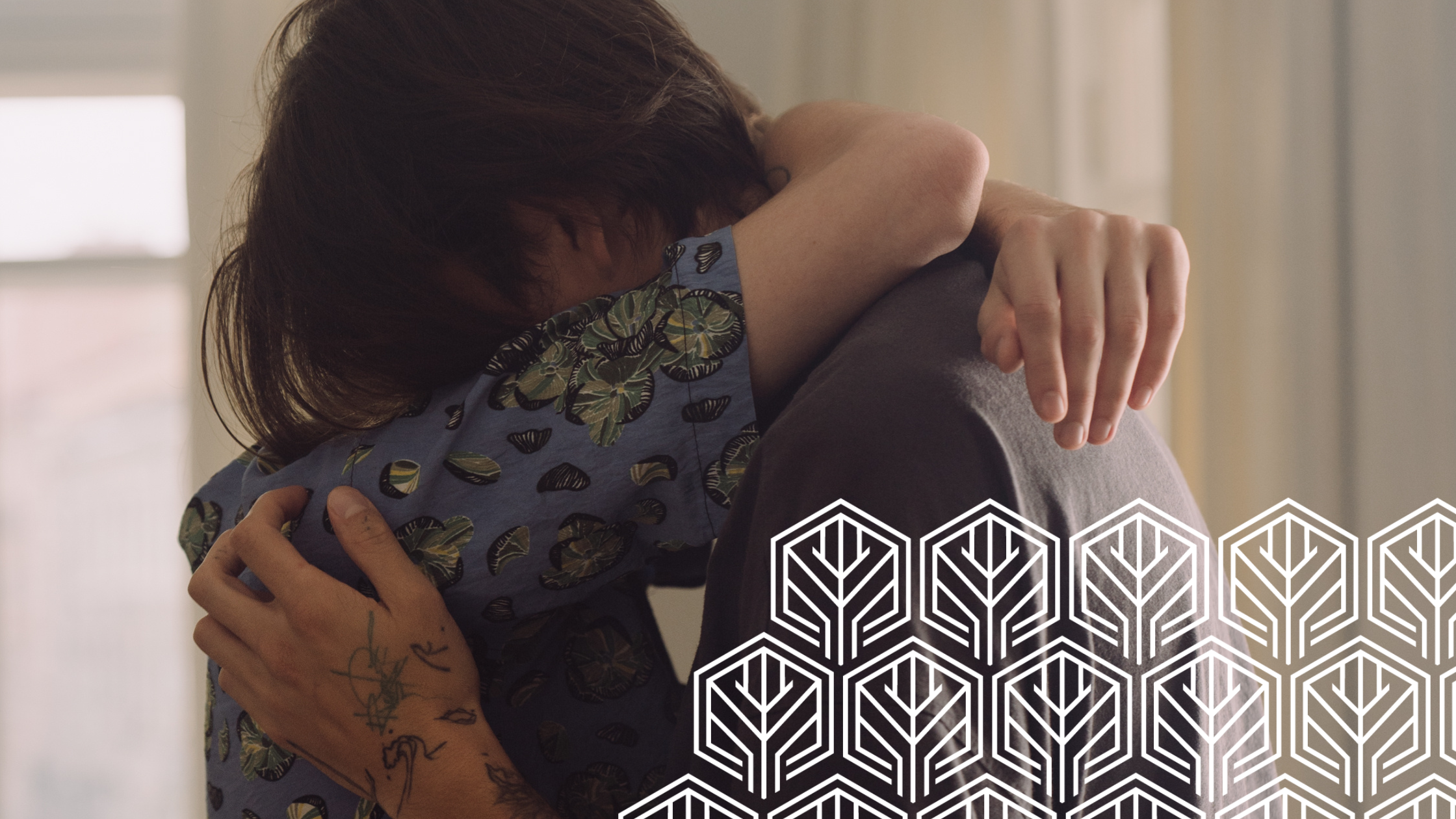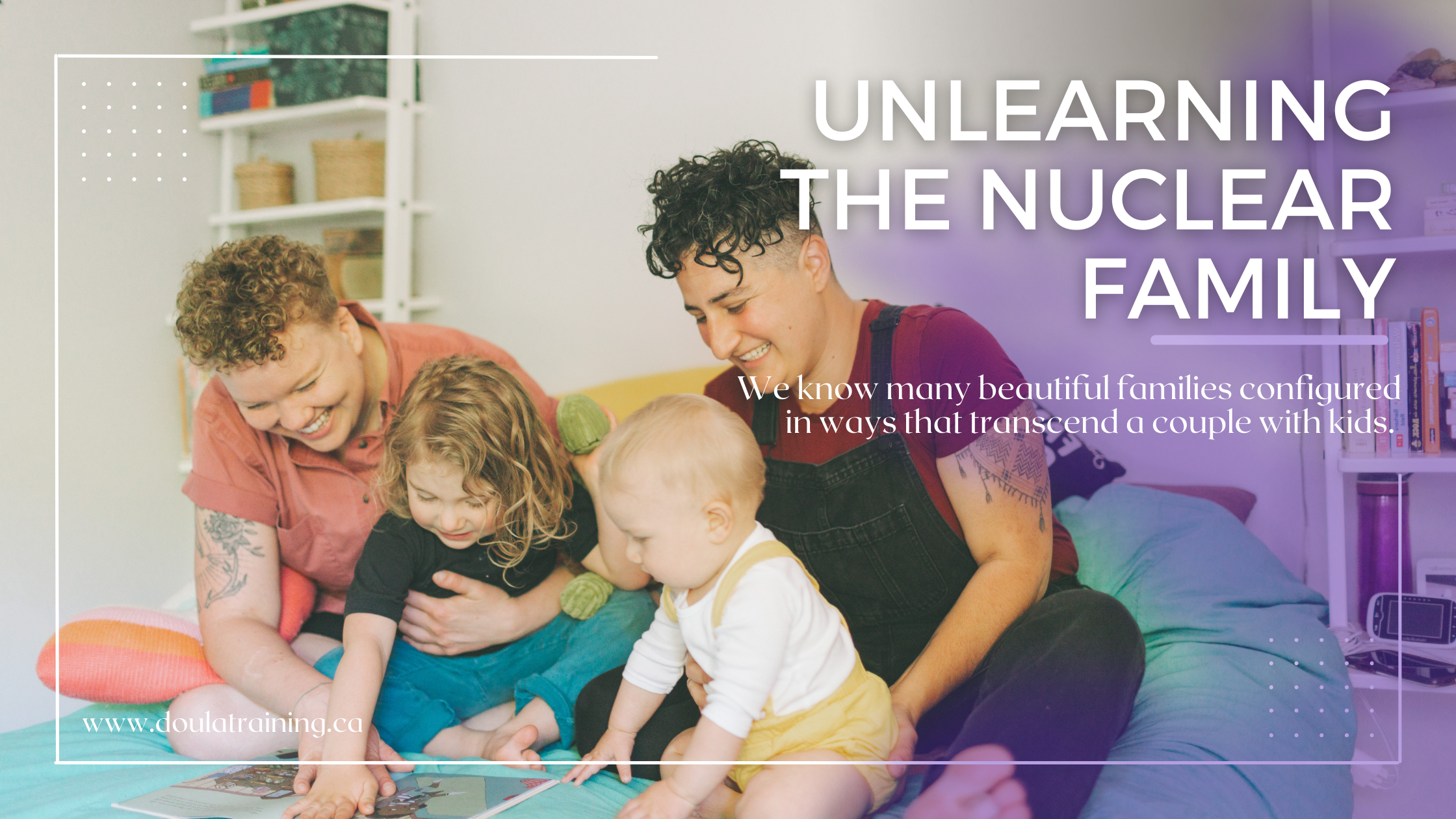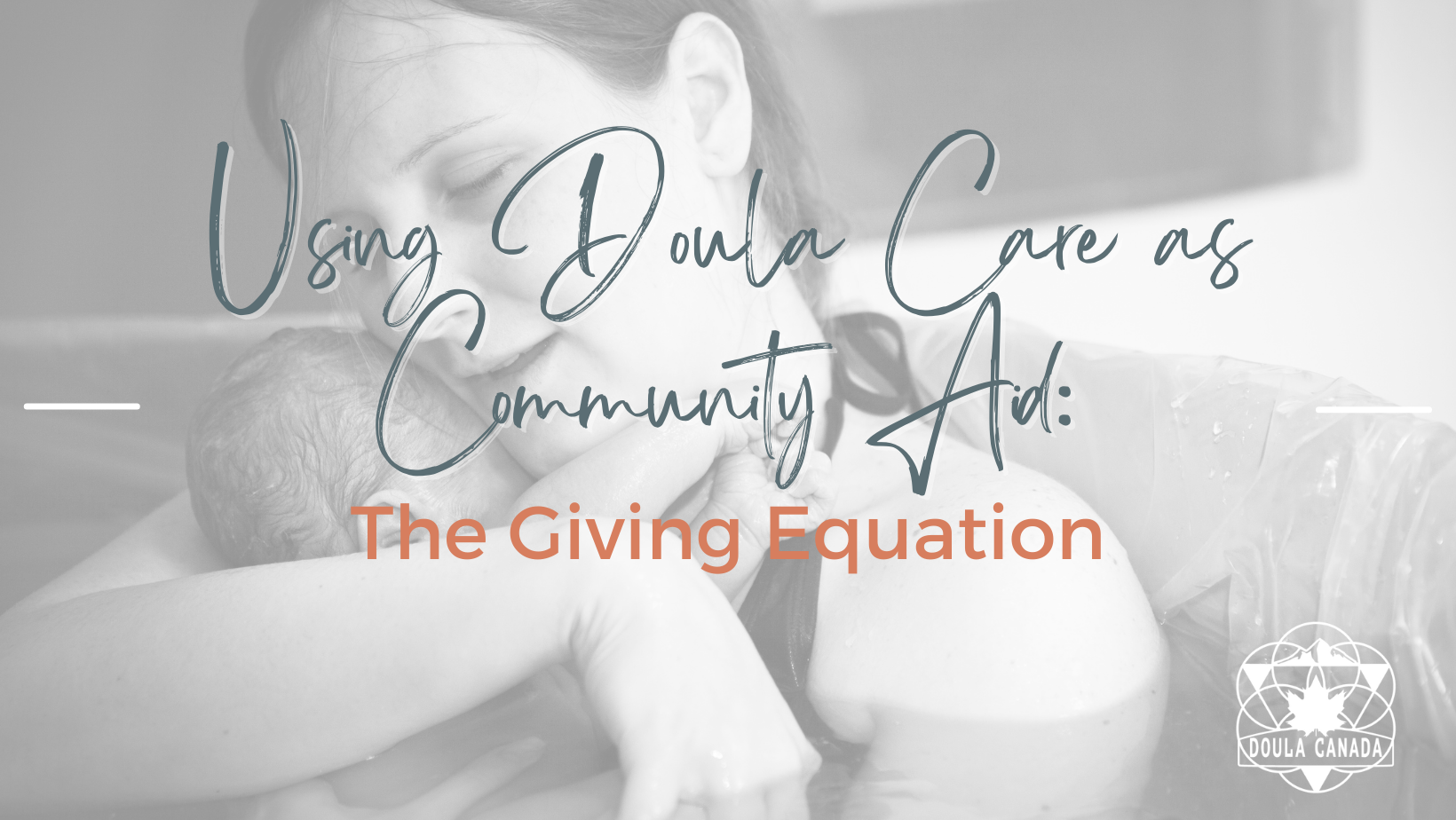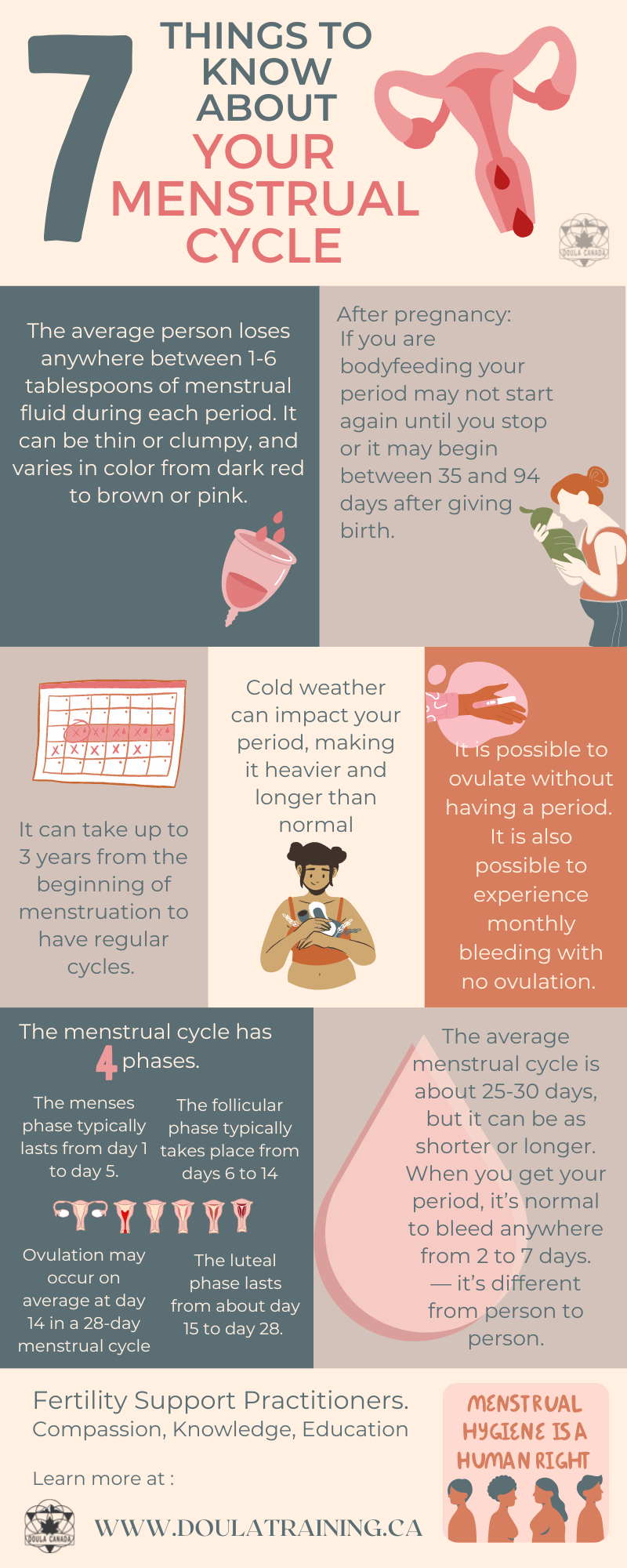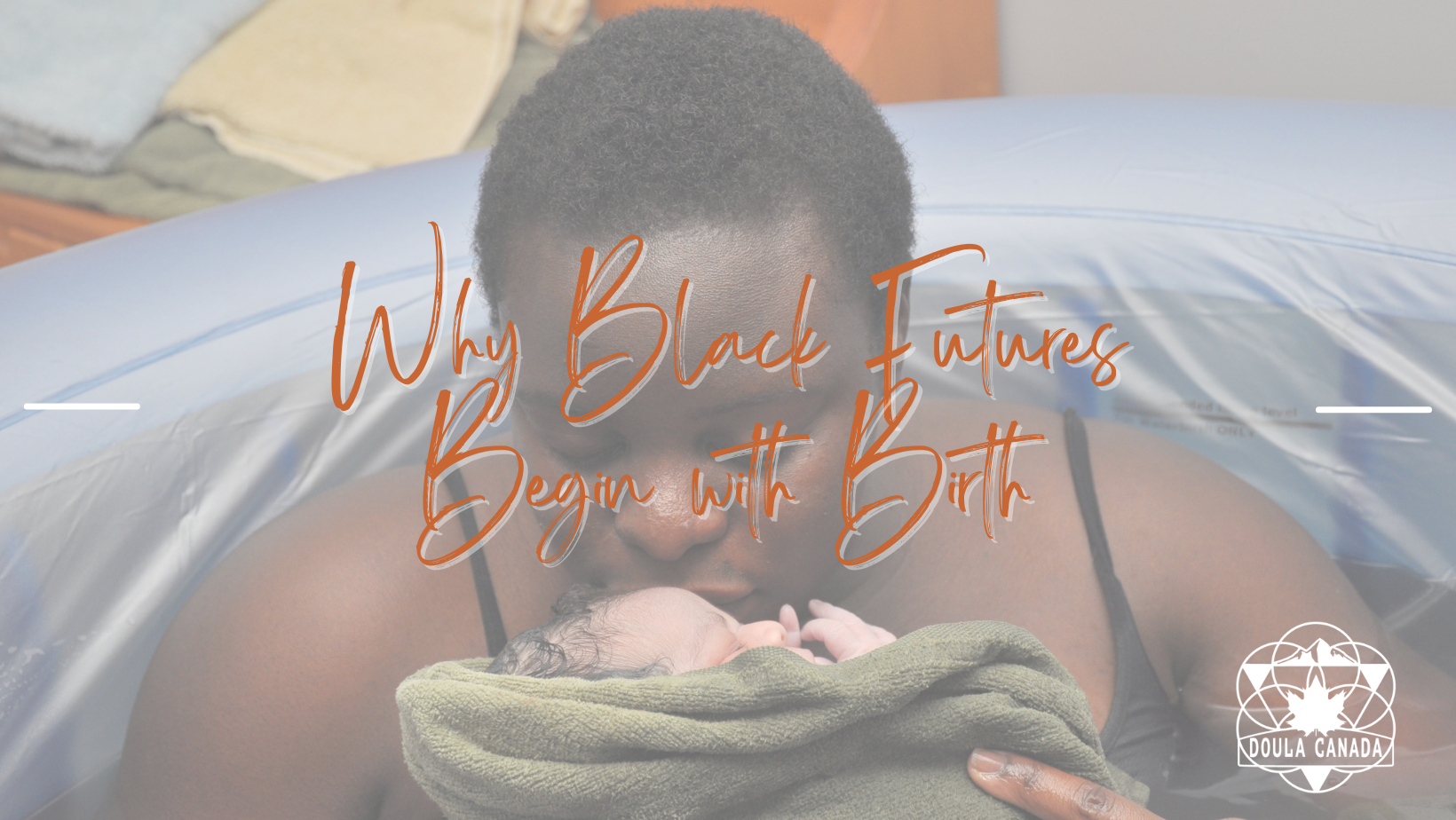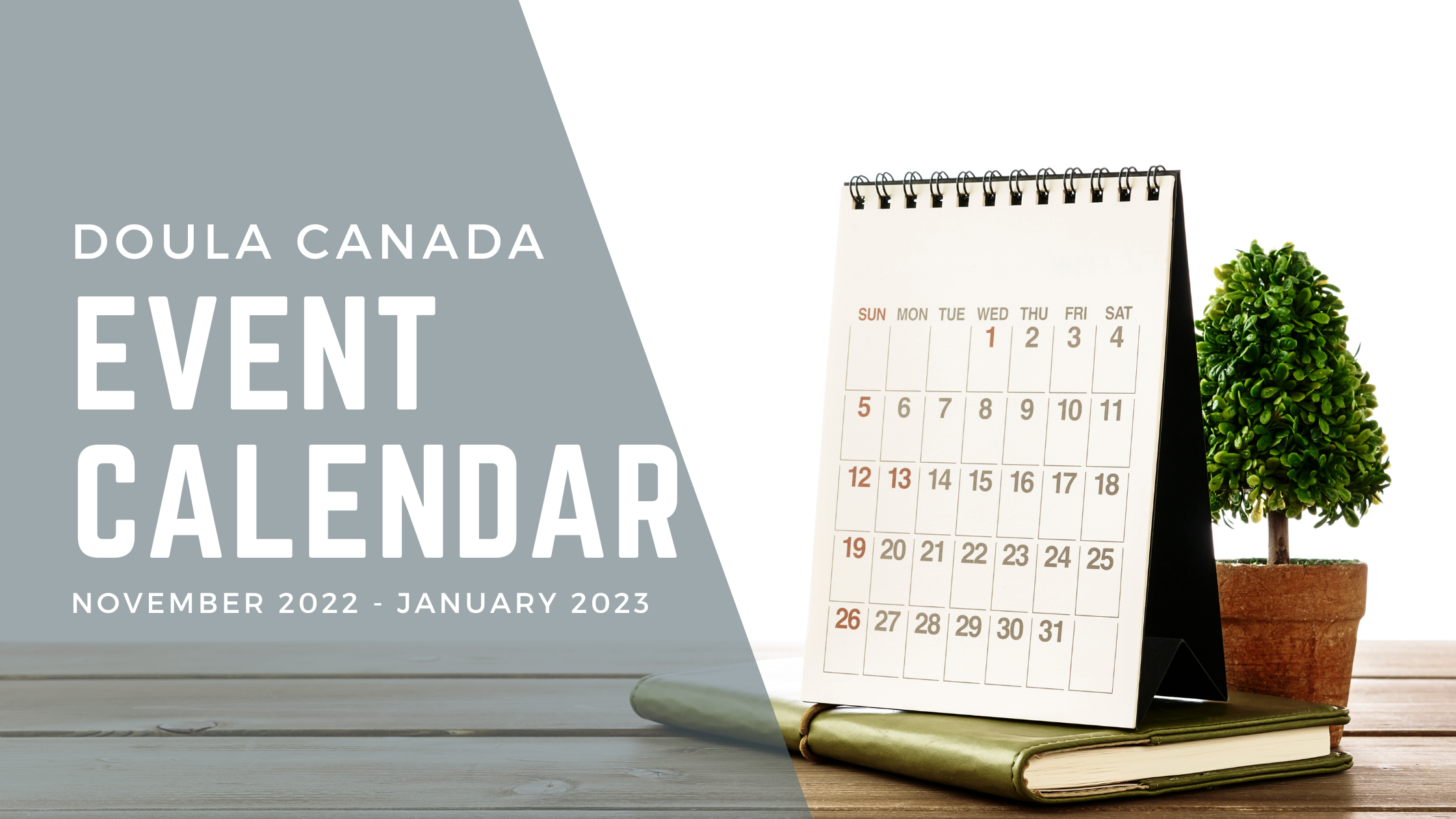[vc_row][vc_column][vc_column_text title=”Conquering Imposter Syndrome: A Guide for Doulas” css=”.vc_custom_1725986800661{margin-bottom: 0px !important;}”]Doulas play an essential role in guiding and supporting individuals through one of life’s most transformative experiences—childbirth. Their work is deeply impactful, yet many doulas grapple with imposter syndrome, feeling like they don’t truly belong in their role or doubting their abilities.
If you’re a doula experiencing these feelings, you’re not alone.
Here’s a guide to help you overcome imposter syndrome and embrace the incredible work you do.
Understanding Imposter Syndrome
 Imposter syndrome is the internal experience of believing that you’re not as competent or capable as others perceive you to be. It’s common among many professionals, including doulas. You might feel like you’re faking your expertise, that you don’t deserve your success, or that you’re going to be “found out” at any moment.
Imposter syndrome is the internal experience of believing that you’re not as competent or capable as others perceive you to be. It’s common among many professionals, including doulas. You might feel like you’re faking your expertise, that you don’t deserve your success, or that you’re going to be “found out” at any moment.
- Acknowledge Your Feelings
The first step to overcoming imposter syndrome is to acknowledge that it exists. Recognize that feeling like an imposter doesn’t mean you are one. It’s a common struggle and doesn’t diminish the value of your work. By admitting these feelings, you can start addressing them more constructively.
- Reflect on Your Achievements
Take time to reflect on your journey and accomplishments. Consider the training you’ve undergone, the clients you’ve successfully supported, and the positive feedback you’ve received. Keeping a journal of your achievements and client successes can help remind you of your competence and the impact you’ve made.
- Seek Feedback and Support
One of the best ways to combat imposter syndrome is to seek feedback from colleagues and clients. Constructive feedback can reinforce your strengths and identify areas for growth. Additionally, surrounding yourself with a supportive network of fellow doulas can provide reassurance and validation. Engage in peer support groups or mentorship programs to share experiences and gain confidence.
- Continuously Educate Yourself
Staying updated with the latest research and best practices in childbirth and doula support can bolster your confidence. Continuous learning helps you feel more secure in your role and ensures that you are providing the best possible care. Attend workshops, read relevant books, and participate in professional development opportunities.
- Set Realistic Expectations
No one is perfect, and it’s essential to set realistic expectations for yourself.  Understand that you will have successes and challenges. Embrace a growth mindset, where you view challenges as opportunities to learn and grow rather than as failures.
Understand that you will have successes and challenges. Embrace a growth mindset, where you view challenges as opportunities to learn and grow rather than as failures.
- Practice Self-Compassion
Be kind to yourself. Self-compassion involves treating yourself with the same kindness and understanding that you would offer a friend. When you make a mistake or face a challenging situation, acknowledge it with compassion rather than self-criticism. Remember, you are doing important work, and it’s okay to have moments of doubt.
- Celebrate Your Successes
Don’t forget to celebrate your successes, both big and small. Recognizing and celebrating your achievements helps reinforce your sense of competence and accomplishment. Whether it’s a successful birth, positive client feedback, or a new skill you’ve mastered, take time to acknowledge your hard work and progress.
- Visualize Your Impact
Visualize the positive impact you have on the lives of your clients. Think about the relief, joy, and empowerment you bring to families during a pivotal moment in their lives. Keeping this impact in mind can help you see the value in your work and remind you why you chose this path in the first place.

Imposter syndrome is a challenge that many doulas face, but it doesn’t define your capabilities or worth. By acknowledging your feelings, reflecting on your achievements, seeking feedback, continuing education, setting realistic expectations, practicing self-compassion, celebrating your successes, and visualizing your impact, you can overcome these doubts and embrace your role with confidence.
Remember, your presence and support are invaluable, and you are more than capable of providing the compassionate care your clients need.
Shandelle Ferguson (she/her)
Doula Canada Instructor, Labour Doula and Postpartum Doula
Certified Labour and Postpartum Doula (Doula Canada)
Shandelle Ferguson is originally from Newfoundland but now calls Nova Scotia her home. With a passion for changing birth culture in Atlantic Canada, you can find her chatting with other doulas, reaching out to birth professionals and helping new parents in their journey into parenthood. Shandelle is a certified Labor and Birth and Postpartum Doula with Blossom and Birth Doula Services.
A mother to three, you can find her drinking coffee, or wine, and spending time with her family.[/vc_column_text][/vc_column][/vc_row]
